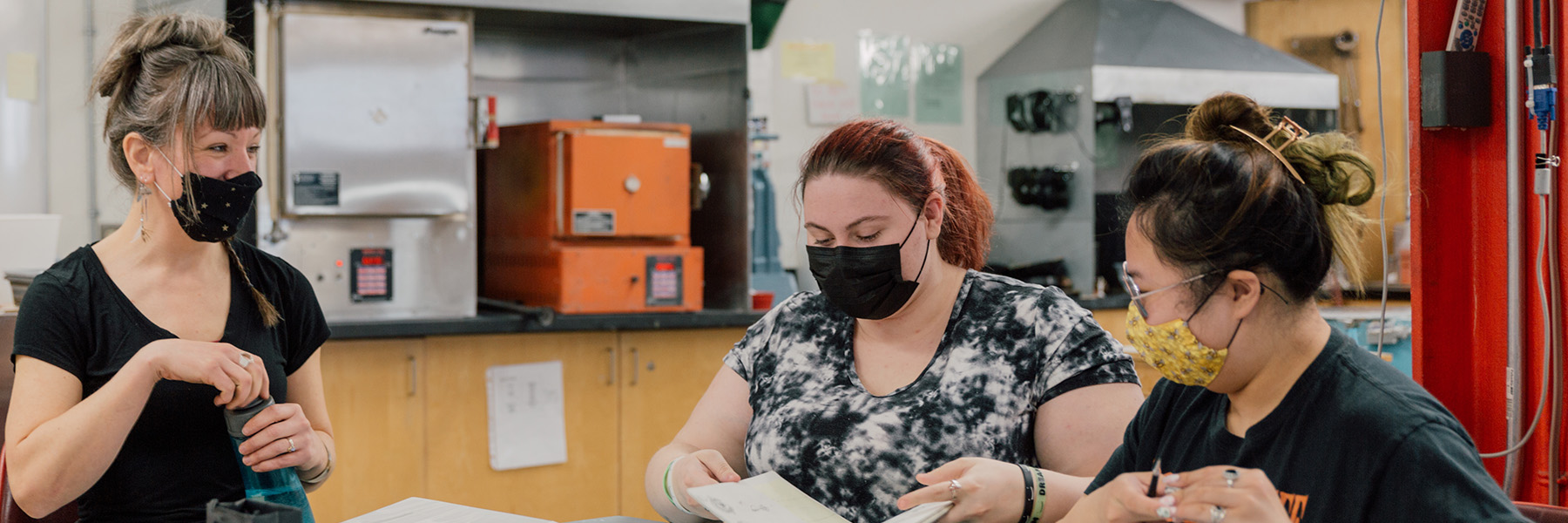Andrade, H., Hefferen, J., and Palma, M. (2014). Formative assessment in the visual arts. Art Education, 34-40.
CAST (n.d). UDL on Campus: UDL and Assessment. Retrieved from: http://udloncampus.cast.org/page/assessment_udl
Fenwick, T. & Parsons, J. (2009). The Art of Evaluation. A Resource for Educators and Trainers (2nd ed.), Thompson Educational Publishing.
Groenendijk, T., Karpati, A., and Haanstra, F. (2020). Self-assessment in art education through a visual rubric. International Journal of Art and Design Education, 39.1: 153-175
Lindstrom, G., Taylor, L., and Weleschuk, A. (2017). Guiding Principles for Assessment of Students Learning. Taylor Institute for Teaching and Learning Guide Series. Taylor Institution for Teaching and Learning at the University of Calgary”. Retrieved from: https://taylorinstitute.ucalgary.ca/resources/guiding-principles-assessment-of-students-learning
Visser I., Chandler, L., & Grainger, P. (2017). Engaging in creativity: employing assessment feedback strategies to support confidence and creativity in graphic design practice. Art, Design & Communication in Higher Education, 16(1): 53-67,
